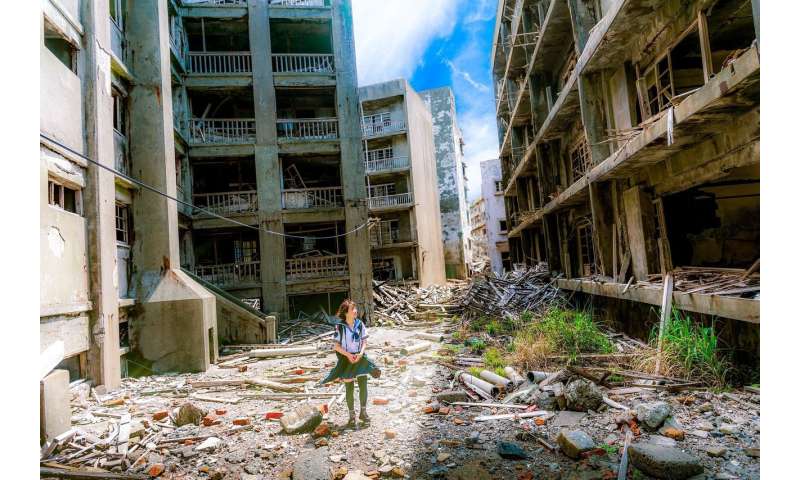
According to a new UCI-led study, it’s not just how much media exposure an individual has to collective trauma, but also the graphic quality of what one sees, that may make them more vulnerable to trauma-related mental and physical health problems over time. Published online in the current issue of the journal Clinical Psychological Science, the study suggests that greater frequency of viewing bloody images in the week following the bombings is associated with higher acute stress, post-traumatic stress, and other mental health issues linked to impaired functioning six months later.
“Exposures to collective traumas are more complex than currently conceptualized,” says E. Alison Holman, associate professor of nursing and lead study author. “Our findings offer some of the first evidence linking exposure to graphic images in media with responses to a real-world collective trauma in a nationally representative sample, and if corroborated, could inform decision-making in large mass media outlets.”
Source: Read Full Article






